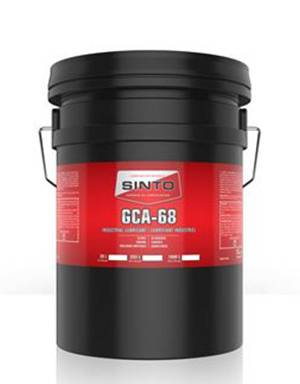Okt . 21, 2024 02:04 Back to list
Choosing the Right PE Pipe Fittings for Your Plumbing Projects
Understanding PE Pipe Fittings An Overview
Polyethylene (PE) pipe fittings are essential components in the piping industry, widely used for their flexibility, durability, and resistance to corrosion. These fittings are designed to connect, join, or terminate sections of polyethylene piping systems, serving various applications in water supply, irrigation, gas distribution, and wastewater management. This article aims to explore the characteristics, benefits, types, and uses of PE pipe fittings.
Characteristics of PE Pipe Fittings
1. Material Properties Polyethylene is a thermoplastic, which means it remains pliable and can be reshaped when heated. This property allows for easy installation and modification of PE pipe fittings to suit specific needs.
2. Corrosion Resistance Unlike metal fittings, PE fittings do not corrode. This characteristic makes them ideal for applications involving water or chemicals, ensuring a long lifespan and reducing maintenance costs.
3. Lightweight PE fittings are significantly lighter than traditional metal fittings. This makes them easier to transport, handle, and install, contributing to lower labor costs.
4. Flexibility The flexibility of polyethylene allows for expansion and contraction in varying temperature conditions. This reduces the risk of cracking or breaking, which can be a problem with more rigid materials.
5. Low Friction Loss PE pipe fittings generally provide a smooth interior surface, resulting in lower friction loss. This leads to improved flow characteristics within the piping system.
Benefits of Using PE Pipe Fittings
1. Cost-Effectiveness The initial investment in PE pipe fittings is often lower than that of metal alternatives. Additionally, the reduced need for maintenance and repairs further enhances their cost-effectiveness over time.
2. Ease of Installation The lightweight nature and ease of handling of PE fittings greatly facilitate installation. They can be joined with various methods, including heat fusion, electro-fusion, and mechanical fittings, accommodating diverse application requirements.
3. Environmental Impact Polyethylene is a recyclable material, contributing to a more sustainable approach in construction and infrastructure projects. Using PE fittings also minimizes the risk of leaks, reducing water and energy waste.
Types of PE Pipe Fittings
pe pipe fittings

PE pipe fittings come in various shapes and sizes to accommodate different application needs. Here are some common types
1. Elbows These fittings allow for a change in direction of the piping system. Common angles are 45 and 90 degrees.
2. Tees Tees are used to connect three sections of pipe, allowing for branching out in different directions. They are crucial for creating systems with multiple distribution points.
3. Couplings These fittings enable the joining of two pipe ends together, often used in repairs or extensions of existing piping systems.
4. Caps Caps are used to close off the end of a pipe or fitting, providing a secure seal to avoid leaks.
5. Reducers These fittings enable the connection between pipes of different diameters, facilitating transitions in flow.
6. Flanges Flanges are used for connecting pipes or fittings to other components such as valves or pumps, allowing for easy disassembly when maintenance is required.
Applications of PE Pipe Fittings
The versatility of PE pipe fittings makes them suitable for a wide range of applications
- Water Distribution PE fittings are commonly used in municipal water supply systems due to their durability and resistance to corrosion. - Agricultural Irrigation The flexibility and lightweight characteristics of PE fittings make them ideal for irrigation systems, ensuring efficient water delivery. - Gas Distribution In natural gas systems, PE fittings offer enhanced safety and reliability, as they are less prone to leaks than traditional metal fittings. - Wastewater Management The resistance to chemical corrosion makes PE fittings a popular choice in sewer and drainage systems, providing longevity and effectiveness.
Conclusion
PE pipe fittings represent a modern solution in piping technology, combining durability, affordability, and versatility. Their application across various industries highlights their importance in infrastructure development and maintenance. As the demand for efficient and sustainable piping solutions continues to grow, understanding the properties and benefits of PE pipe fittings becomes essential for professionals in the field. Whether for residential or industrial use, these fittings not only enhance system performance but also contribute to environmental sustainability.
-
High Quality PVC Pipe Fitting - Durable & Leak-Proof Solutions
NewsJul.28,2025
-
High-Quality PVC Rigid Sheet (Glossy Surface) for Industrial Use
NewsJul.26,2025
-
High Quality PVC Rigid Sheet (Embossed Surface) for Industrial Use
NewsJul.25,2025
-
High Quality PVC Soft Sheet for Flexible Applications | Durable & Customizable
NewsJul.24,2025
-
High-Quality UPVC Water Supply Pipe for Durable Plumbing Solutions
NewsJul.23,2025
-
High-Quality PVC-M Water Supply Pipe for Reliable Plumbing Solutions
NewsJul.22,2025

